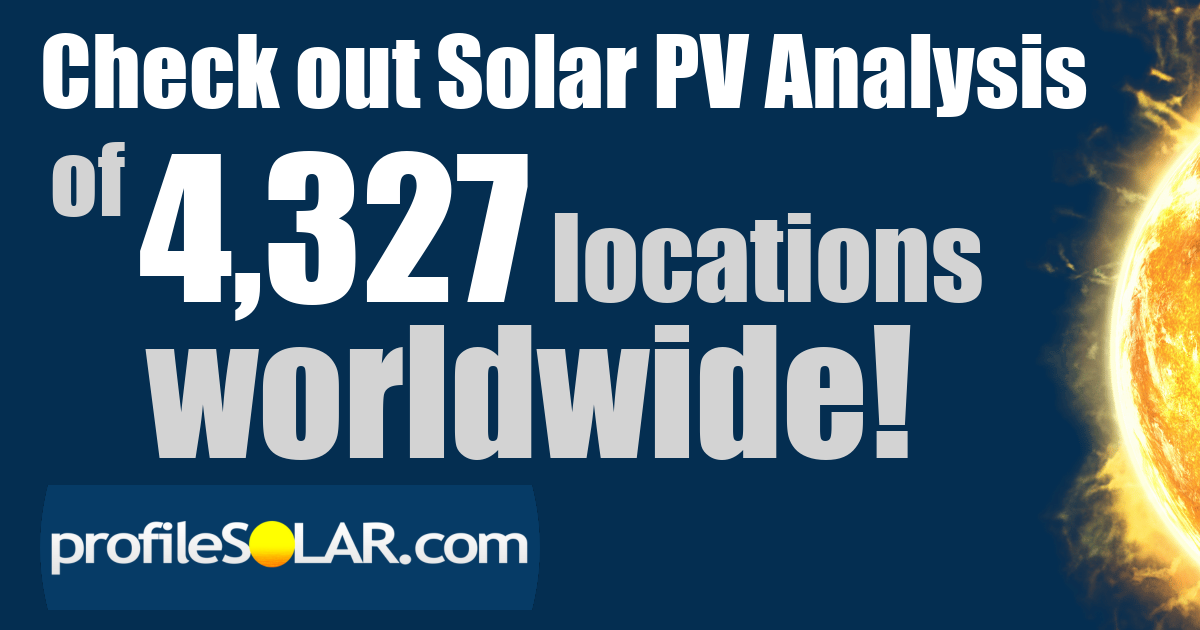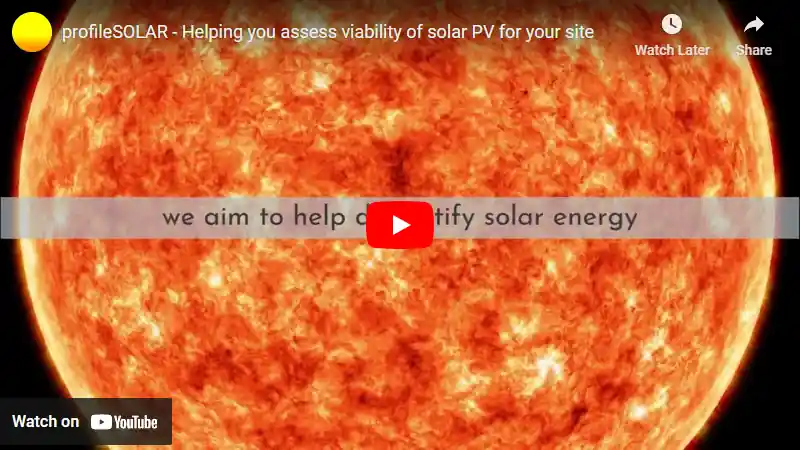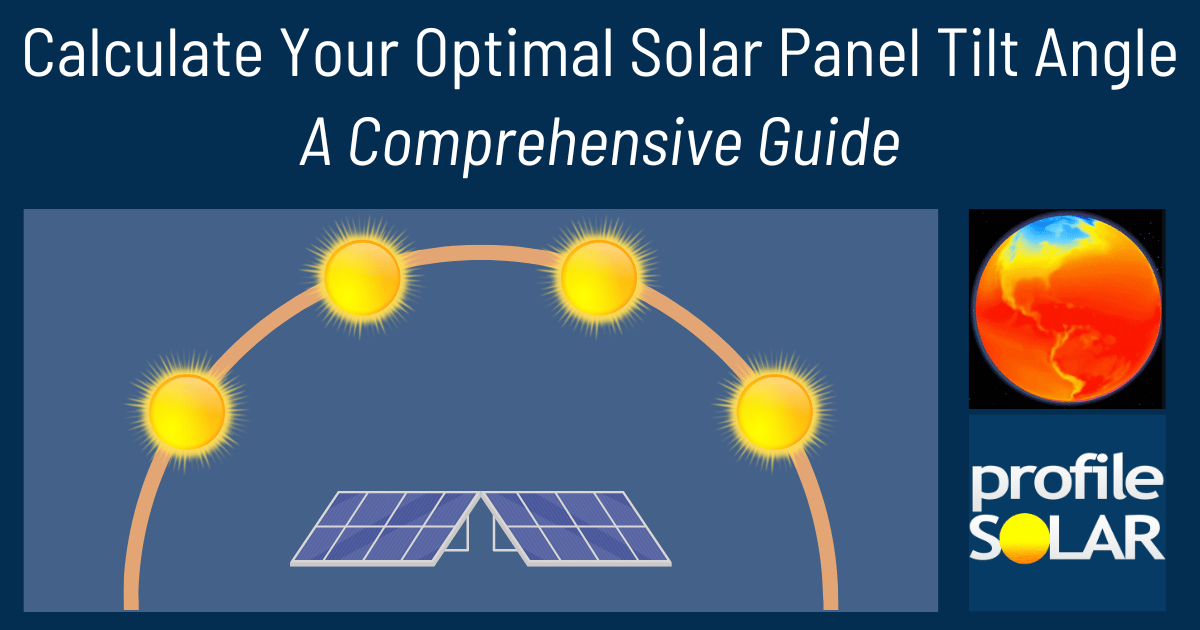

Springfield, Virginia, located in the Northern Temperate Zone of the United States, can generate energy using solar photovoltaic (PV) technology throughout the year. However, it's not equally effective in all seasons.
In simple terms, solar PV systems convert sunlight into electricity. The amount of electricity produced depends on how much sunlight hits your solar panels. In Springfield, you can expect to get different amounts of sun (and thus electricity) depending on the season.
During summer and spring months when days are longer and there is more sun exposure, a solar panel can produce around 6.46 kilowatt-hours (kWh) and 5.73 kWh per day for every kilowatt (kW) installed respectively - that's quite a lot! Autumn sees a decrease to about 4.01 kWh/day per kW installed due to shorter daylight hours and lower sun intensity; while winter produces even less at around 2.47 kWh/day per kW installed because of shorter days and often overcast skies.
To maximize total year-round production from your solar PV system at this location, you would ideally want to tilt your panels at an angle of 34 degrees facing south.
Now let's talk about local factors that might affect how well your solar PV system works in Springfield:
Firstly is weather: Overcast skies or heavy rainfall could reduce the amount of sunlight reaching your panels which means less energy produced.
Secondly is topography: If there are tall buildings or trees surrounding where you plan to install these panels they could cast shadows onto them reducing their effectiveness.
Finally environmental considerations: Dust or snow accumulation on panels may also hinder their operation by blocking sunlight.
To overcome these potential issues here are some preventative measures:
For weather-related issues like heavy rain or clouds - unfortunately there isn't much we can do other than ensuring our systems are robust enough to withstand these conditions as they come along!
For topographical challenges, consider the positioning of your panels. If possible, avoid areas where shadows from buildings or trees may fall on the panels especially during peak sun hours.
And for environmental issues like dust or snow accumulation - regular cleaning and maintenance of your solar PV system will keep it running at its most efficient. In snowy conditions, you might also want to consider installing a system that allows you to adjust the tilt of your panels in order to help shed off any snow that accumulates.
In conclusion: While Springfield is not an ideal location for year-round maximum solar production due to seasonal variations in sunlight and potential local environmental factors, with proper installation and maintenance it can still be a viable source of renewable energy.
Note: The Northern Temperate Zone extends from 35° latitude North up to 66.5° latitude.
So far, we have conducted calculations to evaluate the solar photovoltaic (PV) potential in 678 locations across the United States. This analysis provides insights into each city/location's potential for harnessing solar energy through PV installations.
Link: Solar PV potential in the United States by location
Become the exclusive sponsor for Springfield, Virginia, United States!
Solar output per kW of installed solar PV by season in Springfield, Virginia
Seasonal solar PV output for Latitude: 38.7481, Longitude: -77.2383 (Springfield, Virginia, United States), based on our analysis of 8760 hourly intervals of solar and meteorological data (one whole year) retrieved for that set of coordinates/location from NASA POWER (The Prediction of Worldwide Energy Resources) API:




Ideally tilt fixed solar panels 34° South in Springfield, Virginia, United States
To maximize your solar PV system's energy output in Springfield, Virginia, United States (Lat/Long 38.7481, -77.2383) throughout the year, you should tilt your panels at an angle of 34° South for fixed panel installations.
As the Earth revolves around the Sun each year, the maximum angle of elevation of the Sun varies by +/- 23.45 degrees from its equinox elevation angle for a particular latitude. Finding the exact optimal angle to maximise solar PV production throughout the year can be challenging, but with careful consideration of historical solar energy and meteorological data for a certain location, it can be done precisely.
We use our own calculation, which incorporates NASA solar and meteorological data for the exact Lat/Long coordinates, to determine the ideal tilt angle of a solar panel that will yield maximum annual solar output. We calculate the optimal angle for each day of the year, taking into account its contribution to the yearly total PV potential at that specific location.

Seasonally adjusted solar panel tilt angles for Springfield, Virginia, United States
If you can adjust the tilt angle of your solar PV panels, please refer to the seasonal tilt angles below for optimal solar energy production in Springfield, Virginia, United States. As mentioned earlier, for fixed-panel solar PV installations, it is optimal to maintain a 34° South tilt angle throughout the year.
| Overall Best Summer Angle | Overall Best Autumn Angle | Overall Best Winter Angle | Overall Best Spring Angle |
|---|---|---|---|
| 22° South in Summer | 43° South in Autumn | 54° South in Winter | 32° South in Spring |
Our recommendations take into account more than just latitude and Earth's position in its elliptical orbit around the Sun. We also incorporate historical solar and meteorological data from NASA's Prediction of Worldwide Energy Resources (POWER) API to assign a weight to each ideal angle for each day based on its historical contribution to overall solar PV potential during a specific season.
This approach allows us to provide much more accurate recommendations than relying solely on latitude, as it considers unique weather conditions in different locations sharing the same latitude worldwide.
Topography for solar PV around Springfield, Virginia, United States
The specified coordinates point to Springfield, Virginia, United States. The topography of this area is relatively flat with gentle undulations. It is characterized by suburban development with residential areas, commercial buildings, and some patches of parkland and forested areas.
The most suitable places for large-scale solar PV installations would be open and flat areas that receive a lot of sunlight throughout the year. In the case of Springfield, these could include:
1. Unused open land or brownfield sites: These are often perfect for solar farms as they are typically free from obstructions like trees or tall buildings that can block sunlight.
2. Commercial or industrial rooftops: Large commercial or industrial buildings often have expansive flat roofs that can accommodate many solar panels.
3. Over parking lots: Solar panel installations over parking lots not only generate power but also provide shade for vehicles.
4. Near highways: There may be opportunities to install solar panels along highway corridors where there is ample unobstructed sun exposure.
Before installing a large-scale solar PV system, it's important to conduct a detailed site assessment to evaluate factors like local climate conditions, sun exposure (solar irradiance), potential shading issues etc., which will influence the efficiency and productivity of the system.
It's also crucial to consider local zoning laws and regulations as well as potential environmental impacts before proceeding with installation.
United States solar PV Stats as a country
United States ranks 2nd in the world for cumulative solar PV capacity, with 95,209 total MW's of solar PV installed. This means that 3.40% of United States's total energy as a country comes from solar PV (that's 26th in the world). Each year United States is generating 289 Watts from solar PV per capita (United States ranks 15th in the world for solar PV Watts generated per capita). [source]
Are there incentives for businesses to install solar in United States?
Yes, there are several incentives for businesses wanting to install solar energy in the United States. These include federal tax credits, state and local rebates, net metering policies, and renewable energy certificates (RECs). Additionally, many states have enacted legislation that requires utilities to purchase a certain amount of electricity from renewable sources such as solar.
Do you have more up to date information than this on incentives towards solar PV projects in United States? Please reach out to us and help us keep this information current. Thanks!
Feeling generous?

Share this with your friends!


Compare this location to others worldwide for solar PV potential
The solar PV analyses available on our website, including this one, are offered as a free service to the global community. Our aim is to provide education and aid informed decision-making regarding solar PV installations.
However, please note that these analyses are general guidance and may not meet specific project requirements. For in-depth, tailored forecasts and analysis crucial for feasibility studies or when pursuing maximum ROI from your solar projects, feel free to contact us; we offer comprehensive consulting services expressly for this purpose.
Helping you assess viability of solar PV for your site
Calculate Your Optimal Solar Panel Tilt Angle: A Comprehensive Guide
Enhance your solar panel's performance with our in-depth guide. Determine the best tilt angle using hard data, debunk common misunderstandings, and gain insight into how your specific location affects solar energy production.






